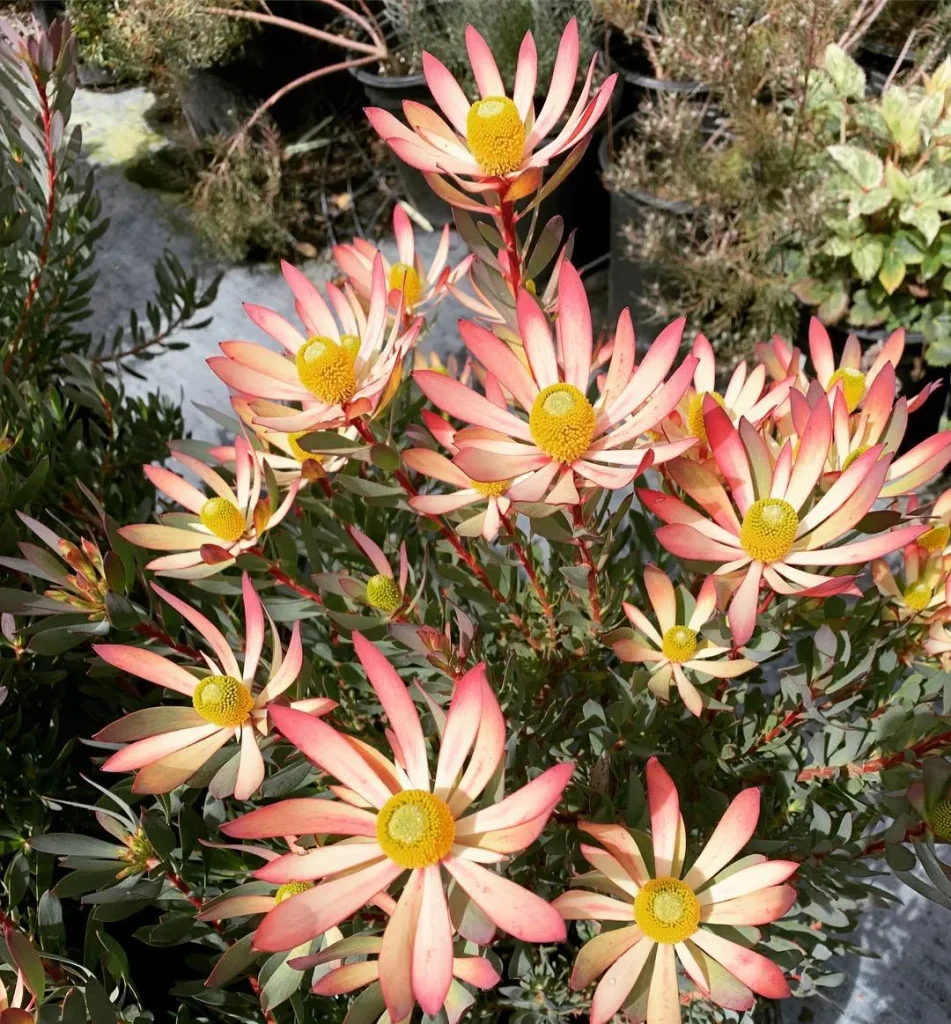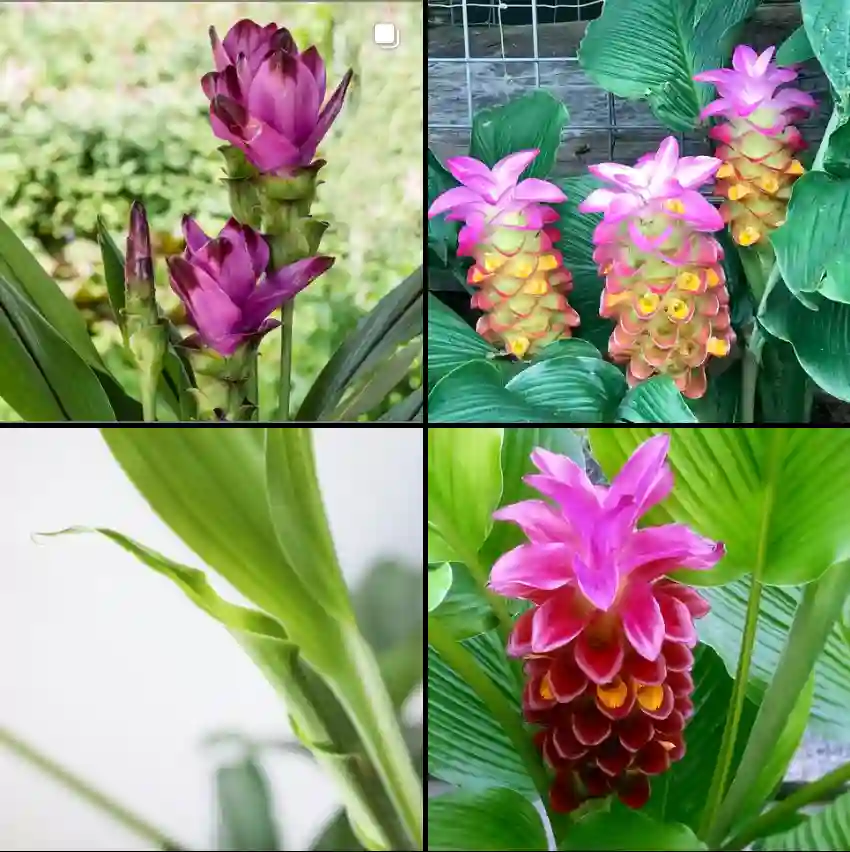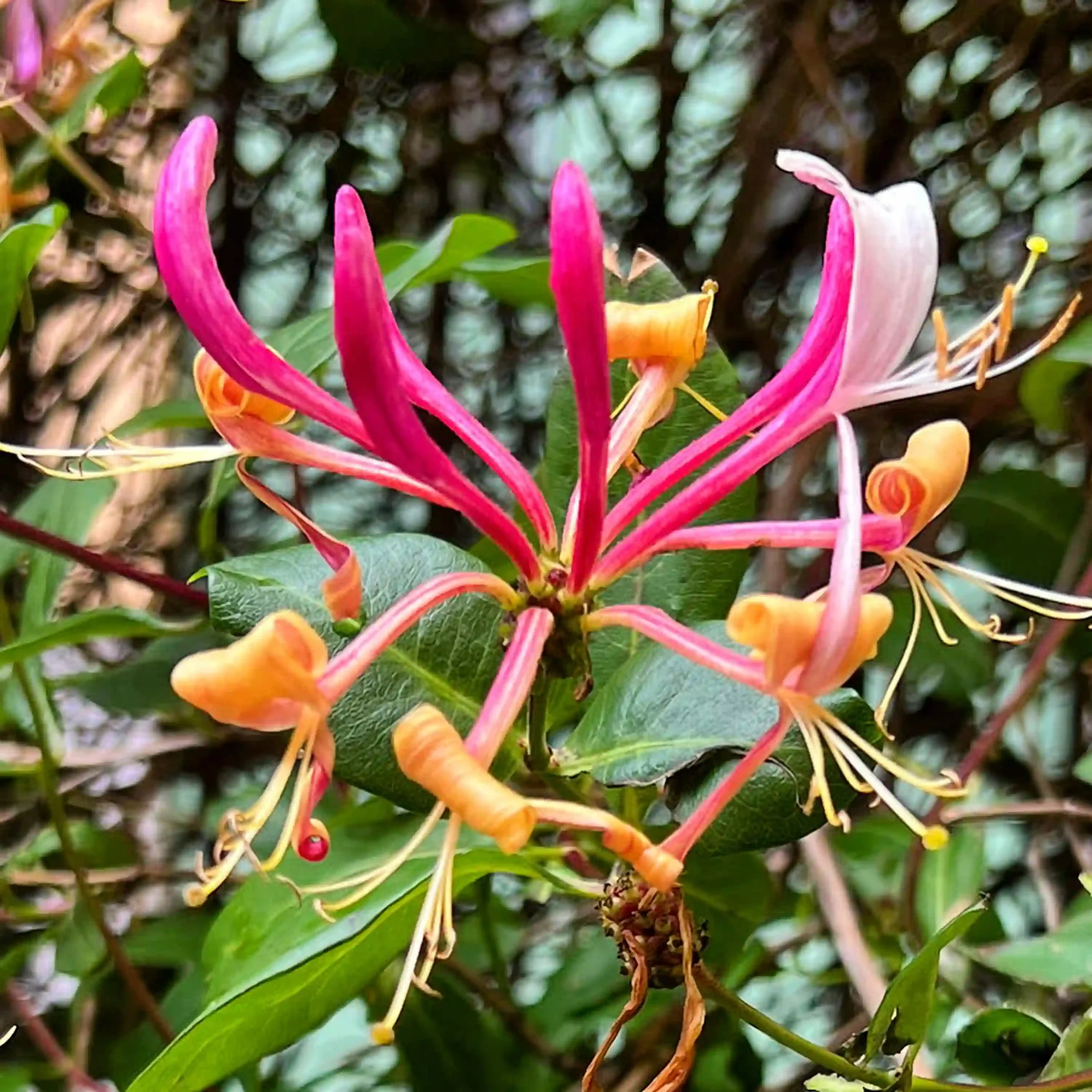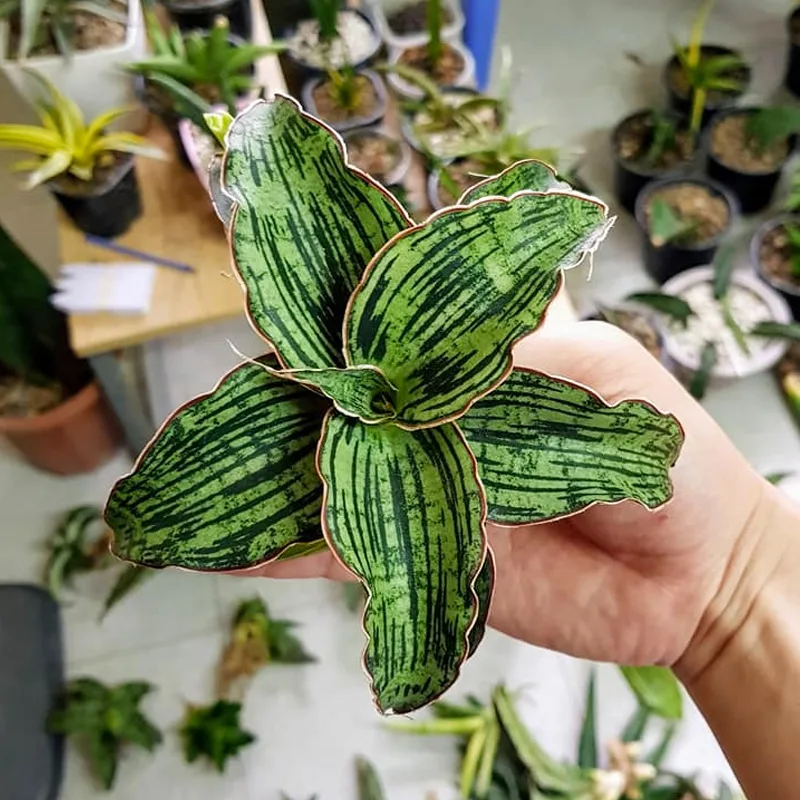Exploring the Iteaceae Family: A Journey into Itea and Pterostemon
As a plant enthusiast, I often find myself delving into the diverse families of plants. One family that has captivated my interest is the Iteaceae. This family, though not as widely recognized as others, boasts unique genera that can bring beauty and interest to any garden. Two prominent genera within this family are Itea and Pterostemon. In this article, I’ll share my insights and experiences with these genera, highlighting their characteristics, cultivation, and significance in landscaping.
The Itea Genus: A Touch of Elegance
Itea is a genus that features a few distinct species, often celebrated for their elegant foliage and stunning flowers. One of the most popular species is Itea virginica, commonly known as Virginia sweetspire. This plant is native to the southeastern United States and thrives in wet, boggy conditions.
Aesthetic Appeal
What I find most enchanting about Itea is its adaptability. In my own garden, I’ve planted Virginia sweetspire, and I can attest to its seasonal beauty. During spring, delicate white flowers emerge in cascading racemes, attracting a variety of pollinators, including bees and butterflies. The fragrance of these flowers is an added bonus; it’s a lovely touch during garden strolls.
Foliage and Fall Color
The foliage of Itea virginica is equally impressive. The leaves are glossy and dark green, providing a lush backdrop throughout the growing season. However, it’s the fall color that truly steals the show. In autumn, the leaves transform into stunning shades of red and orange, creating a vibrant display that lights up the landscape. This seasonal transformation has made Itea a staple in my fall gardening plans.
Cultivation Tips
When it comes to cultivation, Itea is relatively low-maintenance. It prefers moist, well-drained soil and partial to full sunlight. I’ve found that planting it near a water source not only helps maintain soil moisture but also enhances its aesthetic appeal. Regular watering during dry spells has worked wonders for my plants. Plus, Itea is known to be deer-resistant, which is a significant advantage for those living in areas with a high deer population.
Pterostemon: The Lesser-Known Gem
While Itea is often celebrated, Pterostemon deserves its share of attention. This genus contains only a couple of species, but they are fascinating in their own right. Pterostemon rotundifolius, commonly known as roundleaf bush, is one that I’ve recently taken an interest in.
Unique Characteristics
Pterostemon rotundifolius is distinct from Itea in several ways. The most noticeable is its leaf shape; as the name suggests, the leaves are round and leathery. This unique texture adds a different dimension to my garden, contrasting beautifully with the more elongated leaves of Itea.
Blossoms and Wildlife Attraction
In late spring, Pterostemon produces clusters of small, white to pale pink flowers. These flowers are not just visually appealing; they are also a magnet for various pollinators. I’ve observed bees buzzing around my Pterostemon plants, making it a valuable addition to my wildlife-friendly garden. The blooms have a subtle sweetness that enhances the overall sensory experience in the garden.
Cultivation and Care
Caring for Pterostemon is similar to Itea in terms of soil preference. It thrives in well-drained soil and benefits from consistent moisture. However, it is more tolerant of drought conditions once established. This resilience has made it a reliable choice for areas with fluctuating water availability. In my experience, providing some shade during the hottest parts of the day helps keep the plants healthy and vibrant.
Iteaceae in Landscaping
Both Itea and Pterostemon hold significant value in landscaping. They can be used in various settings, from formal gardens to more naturalistic designs. I’ve personally enjoyed integrating Itea into a mixed border, where it complements other flowering plants and shrubs beautifully.
Seasonal Interest
The seasonal interest provided by these genera makes them ideal for creating year-round appeal. Itea brings fragrant blooms in spring, lush foliage in summer, and vibrant fall colors, while Pterostemon adds unique texture and attracts pollinators throughout its blooming season.
Environmental Benefits
Beyond aesthetics, incorporating Iteaceae plants can benefit the local ecosystem. Their ability to attract pollinators contributes to the overall health of the garden. Additionally, both genera can help stabilize soil and prevent erosion, especially in areas prone to water runoff.
Conclusion: A Family Worth Exploring
In my exploration of the Iteaceae family, I’ve discovered that Itea and Pterostemon are more than just ornamental plants; they are integral components of a healthy garden ecosystem. Their beauty, adaptability, and environmental benefits make them worthy additions to any garden. As I continue my journey in gardening, I look forward to experimenting with these genera and sharing their wonders with fellow plant enthusiasts. If you’re looking to enhance your garden with unique, low-maintenance plants, consider giving Itea and Pterostemon a try. You might just find a new favorite!
If i die, water my plants!



